
One of the brightest orbs in the vast mountain bike universe is the notion that every rider can improve their technique, no matter how skilled they may be. Once all the tire tech and suspension tuning is sorted, it’s up to us to learn the proper lean. Even World Cup winners spend whole afternoons trying to squeeze tenths of a second out of a turn or two. Letting the bike rip between turns is no biggie, but we can all improve our cornering technique, form, and execution.
Likely every dirt rider has heard or read a phrase that helped us better understand cornering skills, and we recently asked a group of folks to share some of the most useful advice they’ve ever received or given. Some of them are pro enduro and XC racers, others teach MTB skills for a living, and a handful are veteran mountain bike and cyclocross racers with useful words of wisdom to impart. We all know the thrill of nailing a turn faster than before, now let’s dig in and drive that progression toward the apex.
The following words of wisdom-spiration can be divided into themes of what our eyes, joints, bikes, and brains are doing when we turn.
What are your eyes doing?

The number one piece of advice that skills coaches and longtime riders share when it comes to cornering is to look where you want to go. “Eyes on the exit” is a classic way to describe the idea that your body and bike will go where your eyes are pointed. Lindsey Richter of LadiesAllRide MTB skills coaching has a unique metaphor to help students grasp the idea, and several other riders shared their view on looking up.
‘Look all the way through to the exit.’ Sometimes I tell people to pretend the corner is raw brownie batter and your bike will sink if you don’t use your eye lasers and femmebot laser beams to cook the brownie batter in front of the front wheel all the way to the exit.”
Lindsey Richter, LadiesAllRide Skills Coach
Look where you want to go. It took me a long time to work this one out even though it sounds simple. But in the end, I’ve put it down to this: if you stare at a rock or a tree the likelihood is that you will end up hitting it. In the same way, if you are focusing on the exit of a corner the chances are that is where you’ll end up. I find if I’m looking at a point in the middle of a corner or in front of my wheel generally I end up exiting the corner at that point.
Owen Franssen, Emerald MTB
Enduro pro Rae Morrison reminds us that it’s helpful to see a recording of ourselves on the trail so we know what to work on.
I think head position is really important while cornering. Keeping you head up and eyes looking ahead is really important. I initially found it really hard to carry speed and position myself well when I was cornering. This was until I saw a photo of myself with my head tilted to the side, and I realized I was disorientating myself. After that I concentrated on keeping my head upright and turning my head (instead of leaning or tilting it) to look around the corner. This was the biggest breakthrough for me.
Rae Morrison, LivRacing Enduro Team
Always look where you want to go. Avoid looking at the tree on the outside, the rock on the ground, or the off-camber roots. Looking where you want to go will naturally make your body (shoulders, waist, hips) face the right way to succeed.
Jérôme Clementz, Cannondale Enduro team
The following two shredders found a different way to describe looking forward that might work for folks who need to think about something beyond their visual sensations.
Point your chin where you want to go.
Erin Lolich, HiFi Cycling Components cyclocross team
You have eyes on your shoulders and hips and knees. And all your eyes, and your head, need to be looking out of the exit of the turn.
Laura Winberry, Speedvagen Family Racing
What are your joints doing?

Once our eyes are looking where we want to go, the rest of our body has to do adapt to the type of turn and terrain we see. Each of our joints needs to be adjusted into a maximum traction posture, with equal plasticity to allow our bodies to move with and adapt to the trail. In practice that often looks like a raised outside elbow, dropped outer foot with a pliable ankle, straighter inside arm, dipped inside knee, and a number of other important nuances. Kona team rider, Miranda Miller, kicks us off with some elbow ideas, followed by joint points from a handful of talented athletes.
I was taught to corner by exaggerating movements like straightening your inside arm and keeping your outside elbow bent. Then ‘steering’ with your belly button and hips to the outside. The feet in basic practice are level, but this is not a must as you need to change your position as you adjust in order to increase traction throughout different terrain. Eyes up and out of the turn. By exaggeration, you can help develop these simple movements into a habit, but you can’t keep this exaggerated position. You need to then dial it back in so you have better weight over your bike and you’re able to use your suspension and weight to maximize traction and gain momentum, but you still have this basic position as your foundation. Body position isn’t something you set and forget, even when you’re really good.
Miranda Miller, Kona Enduro Team
I’ll first stick out an elbow so it’s perpendicular to the ground. This helps reduce the amount of negative inertia on our body. It will also naturally lower your shoulder, enabling body core to stay centered with the angle of attack.
Miles Schwartz, Mullet Cycles co-founder
Elbows out is something I always have to remind myself of, but if I do it gives me so much more confidence and stability.
Raphaela Richter, German National Enduro/DH Champion
Tracy Moseley and Rae Morrison remind us that maintaining balance between both wheels will improve traction.
Try and stay balanced on the bike and as central as possible to maintain grip on both wheels.
Tracy Moseley, Trek Factory Racing
Keeping my elbows pointed upward, inside arm straight and outside arm bent helps to lean the bike while keeping your head and torso central. Therefore the weight distribution is balanced and stable and it is much easier to lean the bike and turn sharply in control.
Rae Morrison, LivRacing Enduro Team
Hips and their associated butts are another important hinging point.
I struggle a lot with taking turns and berms correctly. I constantly want to improve on this specific area, because who wouldn’t want to go faster. I know there’s a lot of things that go into taking turns/berms, but there was one piece of advice that a wise friend named Gerow told me once. When you’re taking a corner, try to picture your butt is wiping the corner or berm. It helps with my balance and placement of my hips on the bike. It’s fun going down a mountain and remembering that piece of advice.
Holly Baird, Team Nonstop
Eyes, shoulders, and hips must agree all together and be oriented where you want to go.
Levy Batista, Rocky Mountain Tribe Enduro Team
Don’t hang your butt over the rear wheel. Steep or flat, if you’re hanging off the back of the bike you’re not going to get around the corner. Stay centered and keep weight on the front wheel so that it can guide you around the turn.
Owen Franssen, Emerald MTB
Jérôme Clementz, Rae Morrison, and Vid Persak each emphasize the importance of foot/pedal placement.
There are two ways to turn regarding foot placement. If the corner is not too tight, or if it’s rough, the best is to keep the pedals at the same level. This helps to keep your body acting as suspension and you can move around the bike. The best is to have the inside foot in the back, which means you’ll have to turn with the weak leg forward in some corners.
Jérôme Clementz
Weight through the outside foot. Keeping my weight through the outside foot allows me to lean the bike and still have the weight through the tires which gives me traction. It also lowers my center of gravity which gives me control and stability while turning. To make sure I have enough weight through the outside I consciously think about driving my heel down.
Rae Morrison, Liv Racing Enduro Team
As an enduro rider, I have faced more corners than people I’ve met in my lifetime. So after countless tries and figuring out the technique I came to a few interesting conclusions. I set the technique to a flat corner technique and a cornering technique in a berm. For flat corner technique, I would suggest [to find] the best possible center position, AKA an active riding position. This gives you a perfect grip on both wheels and the confidence to shred the flat corner. Sometimes when you are riding at low speed you can drop the outside pedal if necessary to bring the center of gravity even lower. For the berm riding technique, the best working approach would be being in a central position as well but taking the corner at the sweet spot and carrying enough speed so you can lean with your bike into a berm. There is actually one more tip than one, and it’s called ‘practice makes the master.’
Vid Persask, Fox Orbea Enduro Team
What is your bike doing?

All of these body movements translate to different lean angles and pressures on the bike, but what does that look like and how does it affect traction and speed through corners? How we use both of our brakes, where we apply body weight and when, and how low we press the bars into a turn are all elements that affect cornering speed and execution. Here’s what the fast folks have to say, beginning with the brakes.
Everyone says to brake early and try not to brake in corners but if you’ve gone out and practiced this you know how well that goes. For most of us, it doesn’t work and it’s something that becomes more frustrating than helpful. What worked for me is I started to think about my braking in all of my riding. When riding a trail I was thinking consciously thinking about the rear brake, front brake, where I was using them, how much force I was using, etc. That’s it. I just started to watch. After a while, I was able to understand how I use my brakes and began to try new things. I could start experimenting! More brake here, less brake here, feather front and back differently, etc.
Levy Batista
The end result from this is that my cornering became better, faster, and most importantly more fun! So my tip would be to learn how to not only use but be aware of how you’re braking so you can start making smart choices. Once you dial that in the cornering will come!
Chris San Agustin, Broken and Costal
For me it always helps to put much more weight over the front so that my front wheel won’t wash out, like on an open grass corner for example.
Braking points is something that really shouldn’t be underestimated. When I rode my 29er for the first time I realized that I’m often pulling the brakes too late into the corner. As a result, I couldn’t lean in properly and didn’t go around corners well. Then I ‘relearned’ that I ideally had to be done with braking before the corner lean in and push or do a pedal stroke at the apex of the corner. That works a treat for me when I get it done properly!
Raphaela Richter
The following two riders address bike lean, wheel balance, and the importance of maintaining a dynamic and adaptable riding posture.
Lean your bike, not your body. Again, this seems so simple. Even more frustrating is that I do this automatically when practicing slow speed turns in the car park. However, at speed on the trail, it’s taken me quite some time to get to a point where I don’t lean my body into the corner but rather tip my bike. When I get it right, the bike virtually steers itself.
Owen Franssen
Generally speaking, hover over the fucking saddle. Get out of it. Be dynamic as opposed to static. Unless it’s a flat corner, those ones are tricky.
Laura Winberry
Mullet Cycles co-founder Mike Vidovich speaks to the mixed-wheel crowd specifically.
Symmetrical Platform MTBs like to be ridden from the center (neutral position). A Mixed Wheel platform enables a rider to free up their body. As a result, we can position ourselves above front wheel/ front hub when entering corners and move towards rear wheel when exiting.
This enables the front wheel to dig in and track while enabling the smaller rear wheel to simply follow.
Less gyroscope = less force vectors that are being applied to the front wheel resulting in a minimal “push” effect (as compared to the symmetrical platform).
Mike Vidovich, Mullet Cycles co-founder
Finally, pro World Cup mechanic Brad Copeland has some notes from the bike setup side of things.
From a mechanic’s perspective: spend time evaluating your suspension setup, and the same with tire pressure (which functions as suspension as well). Anything that helps the bike stay on the ground, in contact with the surface, gives the bike a more planted and stable feeling which generally translates to more confidence more of the time. These settings reward you with free speed if you take the time to become familiar with them. Everyone’s riding style, distribution of mass (both because of physique as well as position in the bike), and how you like the bike to feel all play a part in this. SRAM has recently introduced TyreWiz and ShockWiz gadgets that explore these concepts in a new way and help the individual learn more about how his or her bike worked on a given ride than one’s own perception may be incapable of revealing. So those are some interesting technologies that have emerged to further address the very notion of finding increased performance within the nuanced settings of a near-infinitely adjustable suspension platform that can be tailored to each individual rider, as opposed to accepting a manufacturer’s suggested air pressure or other general settings and never touching it again. Get intimate with your bike!
Brad Copeland, Scott-SRAM MTB Team
What is your brain doing?

The last chapter in our cornering narrative, or maybe it’s the first, concerns how we think about turning. These final tips and quotes all point to the fact that we need to be focused and committed to the turn in order to be successful.
Another thing I was being told when I was learning as a kid is “you won’t turn if you don’t want to” It sounds stupid but it made a huge difference in the way I approach a feature or a corner. If you don’t fully commit, there is no way you’ll make it. So every single time I try to nose turn I commit 100%. It doesn’t often work… but it always works better than half commitment.
The other advice I could give is the importance of overdoing it. For example, I was struggling with bike park corners. I took a track which has a lot and did the corners a hundred times. Until I was doing it correctly without thinking about it. If it becomes an ‘automatic’ habit that’s where it will be very beneficial to your riding.
Isabeau Courdurier, Lapierre Zipp Collective
Ride with intention! You can practice cornering any time you are on your bike, but for me, the key is to really pay attention to how you are moving your body and bike around a turn. Identify one thing you want to work on — whether it’s how you are braking, your speed leaving the corner or your line choice — and focus on it for an entire ride. You can get a lot of practice in on that skill just by intentionally focusing on it while you ride!
Kate Courtney, Scott-SRAM MTB Racing/XC World Champion
Balance the weight, make sure your front wheel has weight to get traction to pull through. Then take the chance like a jump and fully commit. It’s like a jump, just sideways instead.
Julie Baird, Specialized enduro athlete
Finally, Levy Batista and Pete Scullion share some thoughts on thinking through line choice and speed, both elements that can perplex the best riders when the track gets tricky.
Don’t worry about coming slow at the entry of the corner, the only objective is to go fast at the exit of the corner.
Levy Batista
Choose your entry and exit lines. If you don’t know where you plan to go, you’re not going to know where you’re going. Simple.
Pete Scullion, Wide Open MTB
What tips or quotes have helped you improve your cornering skills? Please share them in the comments below.
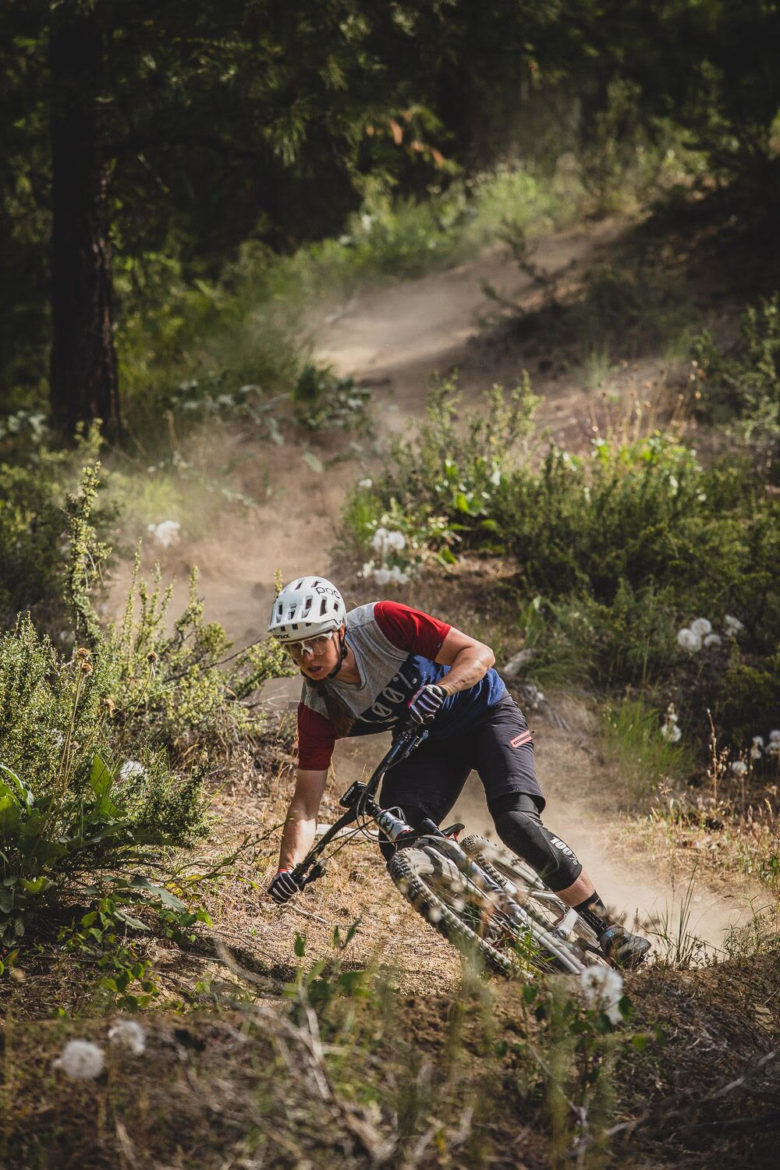





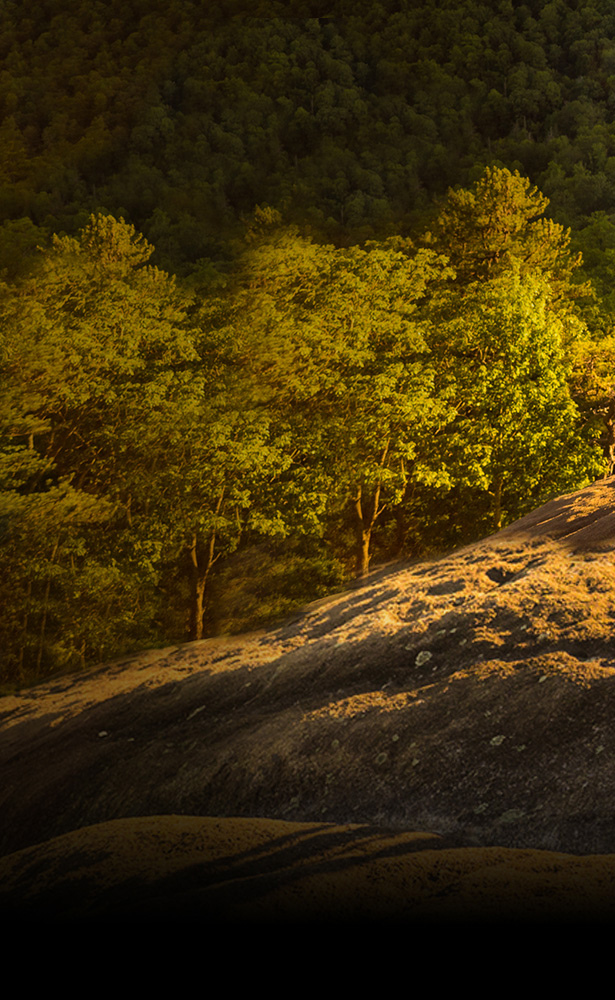
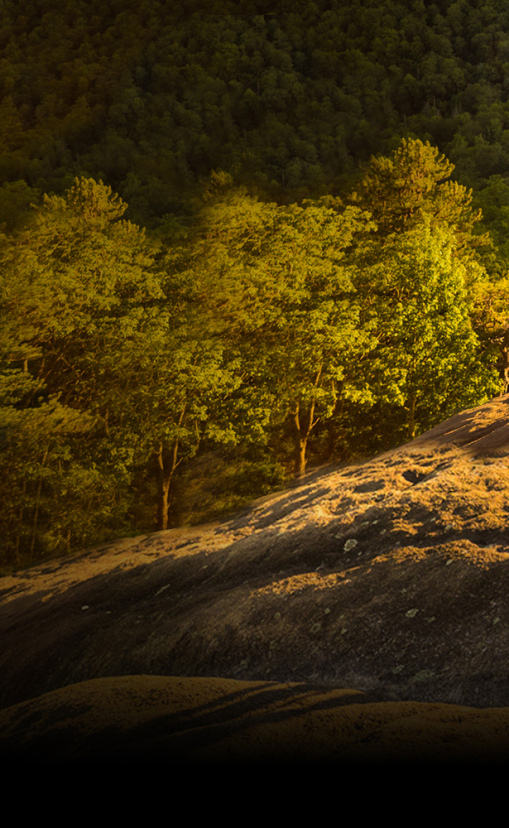
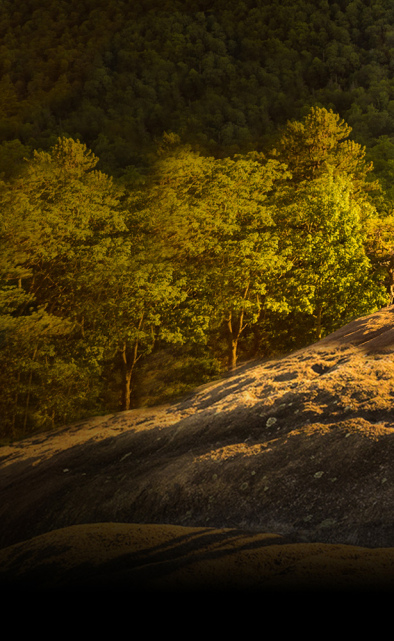
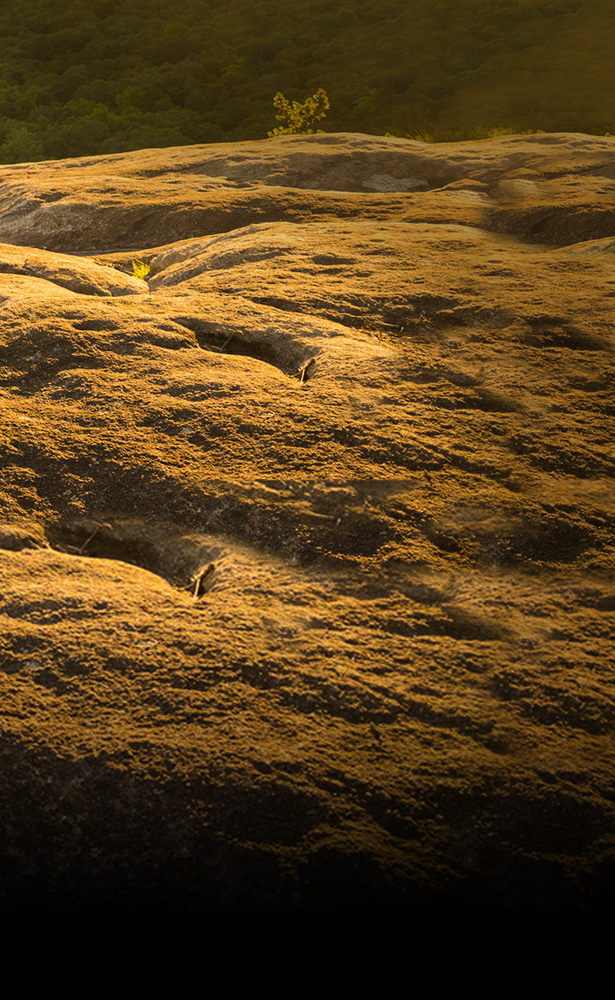
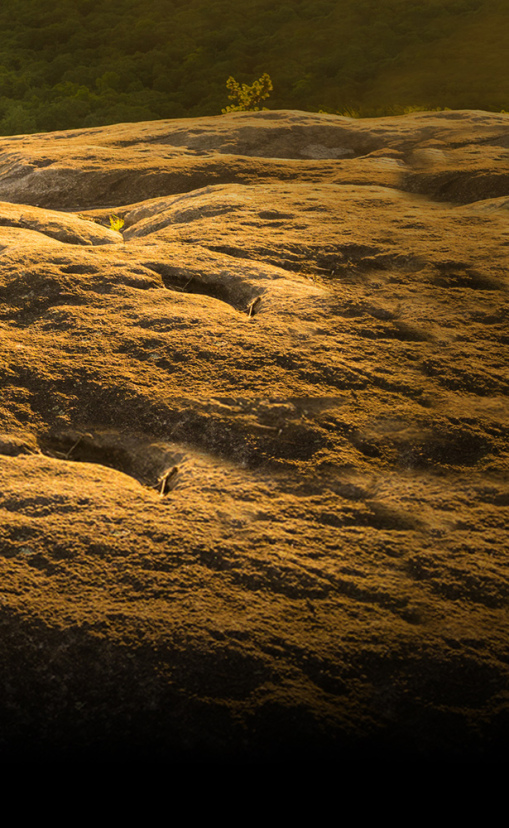







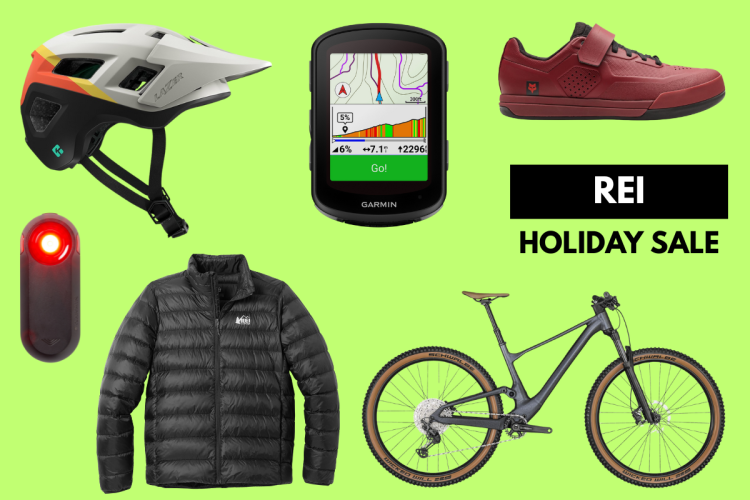

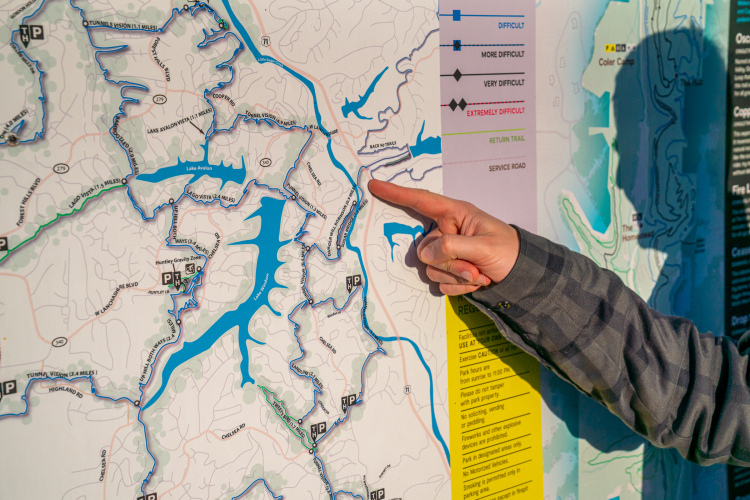

5 Comments
May 15, 2020
May 15, 2020
May 13, 2020
May 11, 2020
May 12, 2020